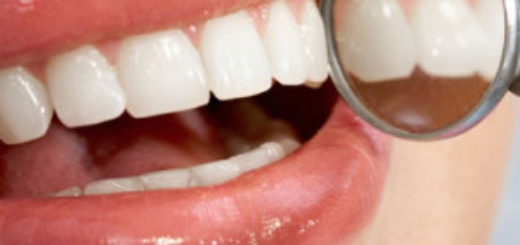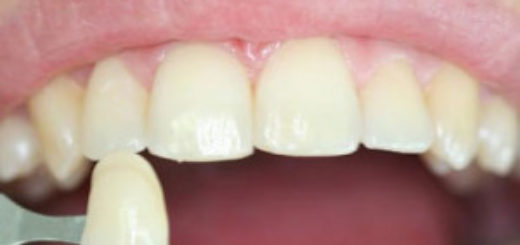All you need to know about Tooth Coloured Fillings
All you need to know about Tooth Coloured Fillings
Use of the fillings is the best solution for dental cavity. It removes the decayed portion of the teeth and fills the area with materials that help in making up for the loss. It is also used for repair of worn, cracked and broken teeth.
The type of Tooth Coloured Fillings you need depends on the location of the tooth and your personal preferences, as different materials are used for different needs. Composite resin is commonly used for front teeth due to its natural appearance, while stronger materials like ceramic may be recommended for back teeth that endure more pressure.
In the past, Amalgam was used to fill the teeth which include mercury and was silver in colour. Those fillings were fairly noticeable. But the latest technologies have helped to create white or tooth coloured fillings which are strong and long lasting as well as looks like natural.
Benefits of Tooth coloured fillings over Amalgam fillings:
- The tooth coloured fillings looks like natural where amalgam fillings were silver in colour and fairly noticeable.
- Composite (tooth coloured) fillings are bonded to your tooth, so it gives much more strength to the filled tooth than non-bonded fillings such as Amalgam fillings.
- Amalgam fillings provide the risk of sensitivity whereas with tooth coloured fillings, patients are not facing any kind of sensitivity problem.
- Composite fillings are completely metal-free, offering a safer and more aesthetic alternative. In contrast, amalgam fillings contain approximately 50% mercury, a substance linked to potential health risks. This makes composite fillings a preferred choice for patients concerned about both safety and appearance.
Types of Tooth coloured fillings:
- Composite Resin fillings: Composite fillings are made of a tooth-coloured mixture of glass and resin that can match the colour of your teeth. However, they’re not as durable as metal, so you may need to replace them more often. It is costly than Amalgam fillings but cheaper than gold fillings. It involves less drilling as compared to Amalgam fillings.
- Ceramic fillings: Ceramic fillings, made from porcelain, offer a natural tooth-like appearance and are highly durable. They resist staining better than composite fillings but typically come at a higher cost, making them a premium choice for those seeking both aesthetics and long-lasting results in dental restorations.
- Glass ionomer fillings: Glass ionomer fillings, made from a mix of glass and acrylic, gradually release fluoride to help prevent further tooth decay. They are ideal for low-stress areas such as front teeth or tooth roots and are commonly used in children as a temporary solution for baby teeth. However, due to their lower strength compared to other materials, they are generally not recommended for adults or high-pressure chewing areas.
Procedure of Tooth coloured filling:
The procedure of tooth coloured fillings are quick and usually painless. Firstly, the dentist will numb the area with local Anesthesia. Then remove the decayed tissue and scrub your tooth clean if cavities are deep then drill can be used. Next, they’ll layer the composite filling to seal the cavity. Once that’s all in place, your dentist will shine a special light onto your tooth to set the filling hard. It won’t take longer than 10 seconds. The entire procedure takes less than an hour to complete. If desired, you can also opt to remove your old Amalgam fillings and replace them with modern tooth coloured fillings, which blend seamlessly with your natural teeth. This option not only improves the appearance of your smile but also offers a safer and more aesthetically pleasing alternative to traditional metal fillings, making it a popular choice among patients.


